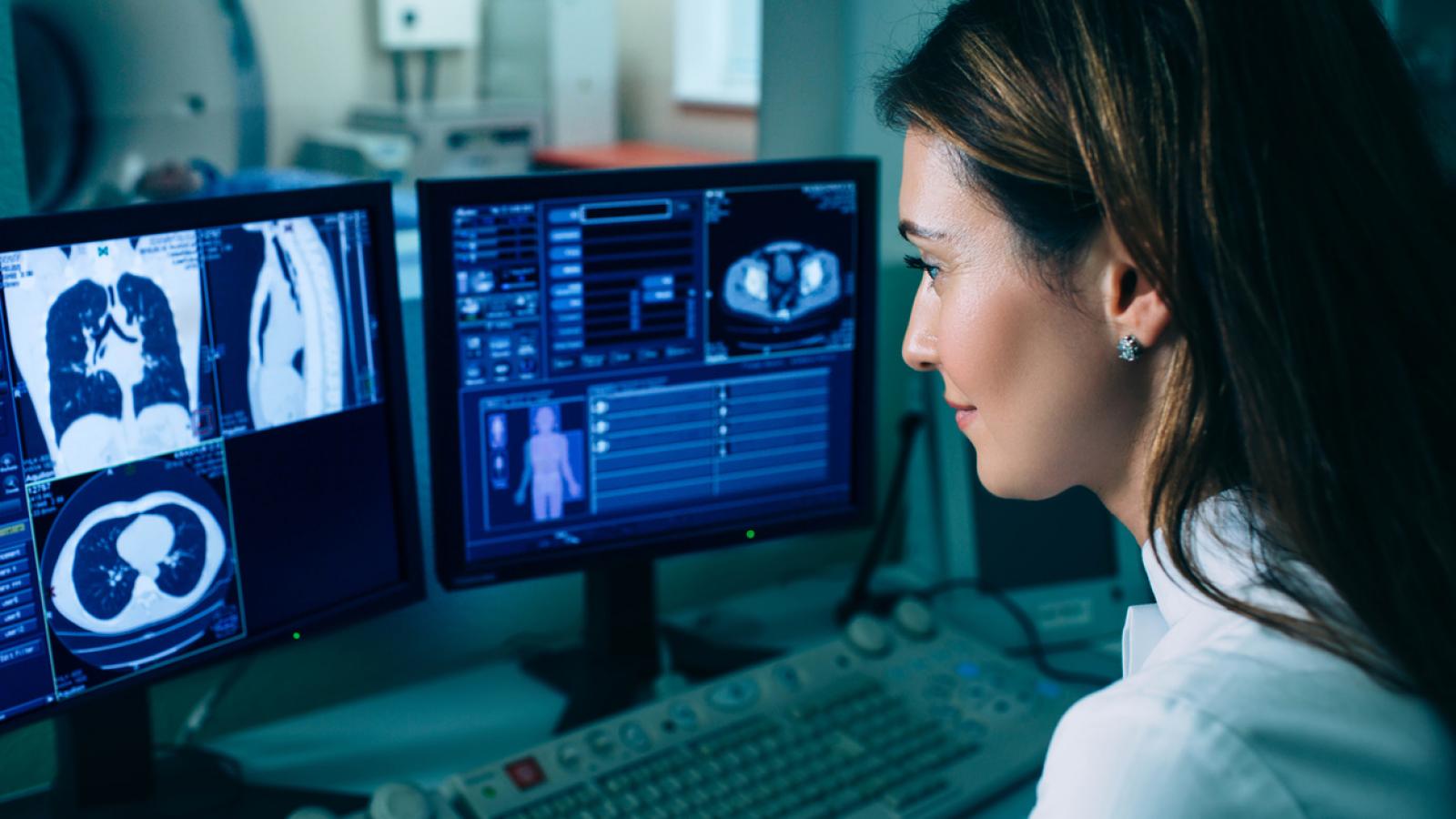PET scan

PET scan stands for positron emission tomography. A PET scan combines an injection of radiotracer (radioactive sugar) and a CT scan. The PET scan uses the radiotracer to show up parts of the body where cells are more active than normal. It can give your doctor more information about where the cancer is and if the cancer has spread to other tissues and organs.
Before the test
You may be asked not to eat and to drink only plain unflavoured water for a few hours before the test. You may be asked to avoid sugar or caffeine for a time too. You may also be asked to avoid strenuous exercise the day before and the morning of the scan.
You will have an injection of radioactive sugar into your veins, usually in your arm. You will have to wait for around an hour for the sugar to travel around your body. You might like to bring earphones so you can listen to music while you’re waiting.
During the test
About an hour after the injection, you will have a scan. You will lie on a table which moves through a scanning ring. You will be asked to stay still during the scan. The radioactive sugar shows up where the cancer cells are, so your doctor can see if the cancer has spread to other tissues and organs.
How long does it take?
After the injection you will have to wait about an hour before having the scan, to let the radioactive sugar spread through your body. The scan itself usually lasts between 20 minutes and an hour.
Are there risks / side-effects?
You will be slightly radioactive after the PET scan, so it is best not to have close contact with pregnant women, babies or young children for a few hours after the scan. Drink plenty of fluids and empty your bladder regularly after the scan. This can help flush the radiotracer from your body.
PET scan video
Cancer Research UK has a very helpful video on this.
For more information
Phone
1800 200 700



